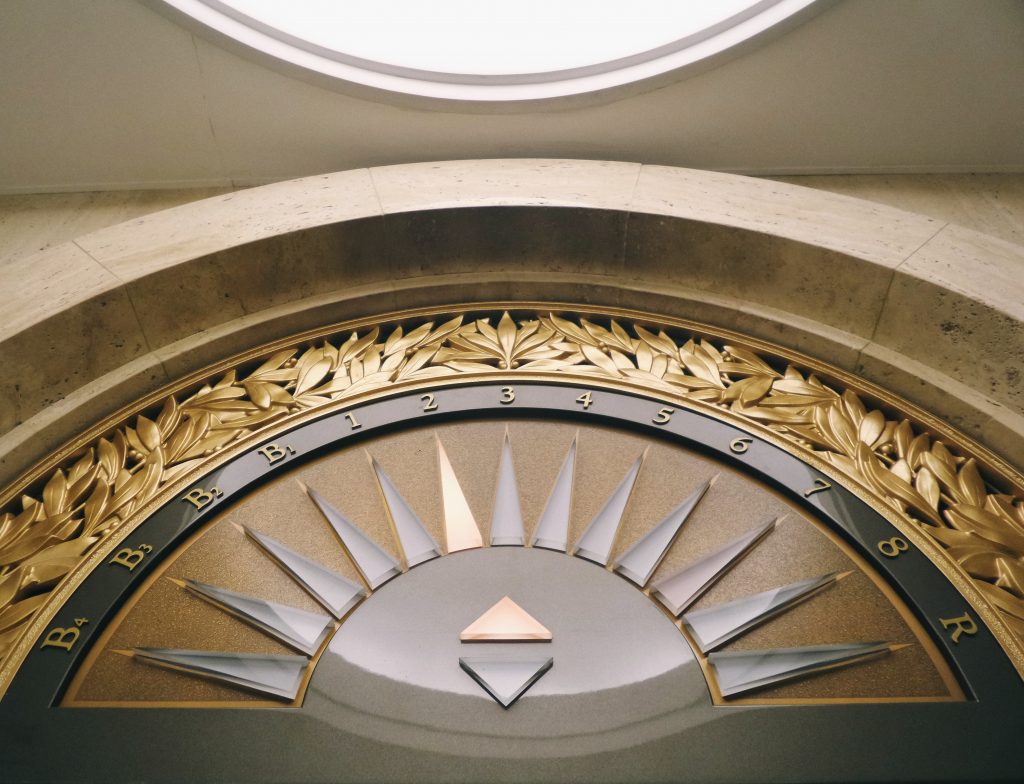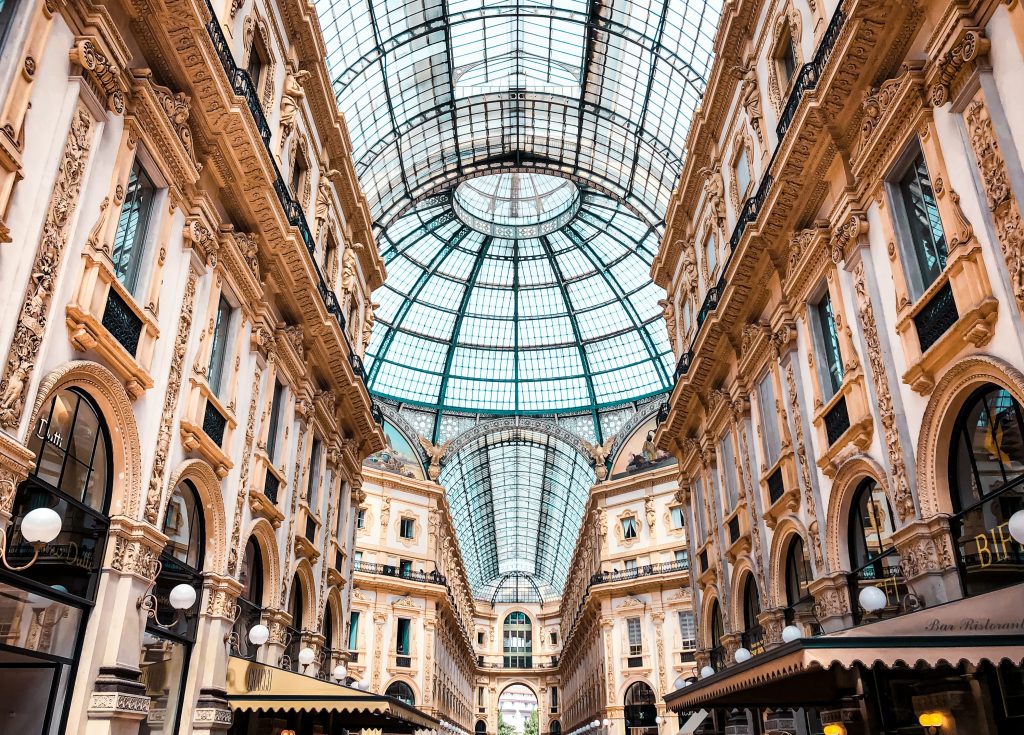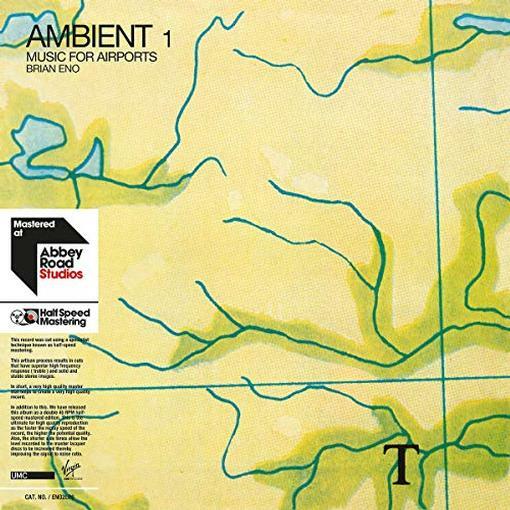Picture this: the smooth sound of Girl from Ipanema is playing. A bell boy turns to you and says:
“First floor: telephones, gents’ ready-made suits. Shirts, socks, ties, hats, underwear and shoes. Going up.”
Sort of like the theme song to Are You Being Served?, this is what generally comes to mind when we think of Elevator Music.
Think smooth jazz, piano solos, 50s instrumentals and cocktail hour combined, Elevator Music is actually a genre known as ‘muzak’ and it has a pretty interesting background. You might think the ambient sounds that made their way into elevators were initially intended for upscale bars suited to the likes of James Bond and co. but believe it or not, these melodies were actually first created to boost productivity in factories.
Muzak was eventually introduced into elevators in the 1900s to soothe stressed travellers and since then has been used for everything from influencing consumer behaviour in shopping centers and calming down nervous patients at doctors offices and dentists. Elevator music has even had a significant impact on contemporary music in some pretty unlikely places, from punk-rock to pop. Who would have thought that the soothing sounds of elevator tunes could have such a powerful influence?
Discover the fascinating history of elevator music below and learn how it affected its listeners and shaped modern music.
The History of Muzak and Elevator Music: Born on the factory floor
Before the smooth, relaxing vibes of Muzak made its way into elevators, it was originally used to boost productivity in factories.
Major General George Owen Squier, the inventor of muzak, was particularly interested in the potential for music to alter people’s moods and productivity levels. With a focus on productivity specifically, Squier developed a technique called “Stimulus Progression.” His technique was used to try and speed up factory workers by playing them 15 minute music segments. Upbeat instrumentals, designed to fade into the background, were played to workers. He would then consistently increase the music’s tempo and volume in the hopes that workers would unconsciously speed up their own pace to match. He called this new genre ‘muzak’, a blend of music and Kodak (a brand he very much admired) and founded the company Muzak Inc. He ended up selling his company to Warner Bros., which under new ownership began its expansion into different areas of background music.
Muzak came to elevators when it was discovered it could be used to soothe nervous travellers. In the 1900s, passenger elevators were whacky new machines that were pretty frightening for new users. If you had never used one before, the thought of standing in a metal box that lifted you up towards the sky would have been terrifying. It also didn’t help that passenger elevators were originally named ‘vertical railroads’, a daunting name (even now.)
Muzak has since become so well associated with elevators that ‘elevator music’ has become a widely accepted alternative name for the genre.

Outside the Elevator: How Muzak Makes You Spend More
Muzak makes you spend more, seriously.
With the success of muzak in elevators, the relaxing sounds began to play in doctors offices and dentists for a similar calming effect. It was clear that muzak could alter how people felt in nerve-wracking circumstances, but could muzak be used to influence their behaviour in other ways? Could muzak be used to slow people down at their local shops and increase their likelihood of impulse purchases and extra items? Shopping malls started to play the soothing sounds of Muzak to test this theory… and it worked!
There are numerous studies which confirm Muzak’s ability to influence consumer behaviour and increase spending. In fact similar tactics are still used today, so next time you find yourself having to explain a major shopping spree, you might try and blame it on the ‘muzak’. It’s not all smooth jazz nowadays, Muzak Inc. was bought out in 2011 by Mood Media, who carefully curate much more modern playlists for different businesses to increase customer spending, from electronic dance music in stores aimed at young adults to classical music in bottleshops. Did you know that Coles Radio is one of the most listened to radio stations Australia wide? Modern Muzak is everywhere and nowadays traditional sounding muzak is mostly only heard in elevators however its influences has made its way into much more modern genres.

The Sound of Muzak Today
Love it or hate it elevator music is here to stay. Today the smooth relaxing sounds are the signature sound of elevator travel, but it has extended beyond that. You can find elevator music playlists available on platforms like Spotify, Apple Music and Youtube to provide relaxing background noise to listen to while you work, study, relax or clean. If you really crave an elevator music fix, there is a 10-hour loop available on Youtube for your listening pleasure! If you’re wondering how many people would actually watch a 10-hour loop of elevator music, apparently just under 5 million would be answer, going off the view count on the video.
Did you know that elevator music has even been the inspiration for modern music artists too?
Brian Eno is one of the most influential music creators of all time. Former synth player for Roxy Music, Eno is a musician, record producer, visual artist and music theorist who has worked with everyone from alternative rockers, Talking Heads to niche shoegaze artists like Slowdive, even iconic household names like David Bowie, U2 and Coldplay. Countless other artists like The 1975, Arcade Fire and Frank Ocean have also referenced Eno’s work as a major influence.
So you might be wondering how Eno’s music is related to elevator music?
Eno has actually cited elevator music as one of his biggest influences, specifically for one of his most notable releases, Ambient 1: Music For Airports. Only four tracks long, Music For Airports is the first self-identified piece of ambient music ever, spawning a genre of its own. Eno identifies Muzak his direct influence in the albums accompanying liner notes writing:
“The concept of music designed specifically as a background feature in the environment was pioneered by Muzak Inc., and has since come to be known generically by the term Muzak…. whereas their intention is to `brighten’ the environment by adding stimulus to it (thus supposedly alleviating the tedium of routine tasks and levelling out the natural ups and downs of the body rhythms) Ambient Music is intended to induce calm and a space to think.”

It’s not just Brian Eno who has found elevator music as a muse for his work. What do you like to listen to when you work and study? You might be one of the millions of people who like to listen to ambient background music and lo-fi sounds. It can be argued that these entire genres have their roots in muzak with its mood altering, focus sharpening capabilities. Lo-fi music has become in demand by students and workers alike with the most listened to source being a Youtube livestream titled ‘lofi hip hop radio – beats to relax/study to’. A major feat, the stream has been broadcast 24/7 since 2017, only going down a small handful of times in that period, most recently on February 23rd. The lo-i music stream has become a productivity essential for many and amasses tens of thousands of views at any given moment.
If you haven’t heard of lo-fi music it’s about to get even more niche. Modern listeners can also enjoy classic muzak remixes with releases like the album Mall Music Muzak – Mall Of 1974. Mall Music Muzak might sound, at first listen, like a relic from the past, with its 70s mall muzak samples transporting you back in time, but the release is from 2018. The album, placed free on Youtube has amassed almost half a million listens to date and over 17,000 likes.
If traditional elevator muzak isn’t your jam, pop on some lo-fi or ambient sounds next time you need a boost of productivity and be pleasantly surprised at how well it helps you keep your focus.
Not just your average background sounds, elevator music is truly powerful. Designed to be background noise and not supposed to be focused on, who would have thought that muzak was able to have such a significant impact on the moods and actions of its listeners? The next time you’re in an elevator take some time to listen to the music and consider how it makes you feel. Or maybe pop on an elevator muzak Spotify playlist while studying or working and experience the influence of muzak for yourself.

